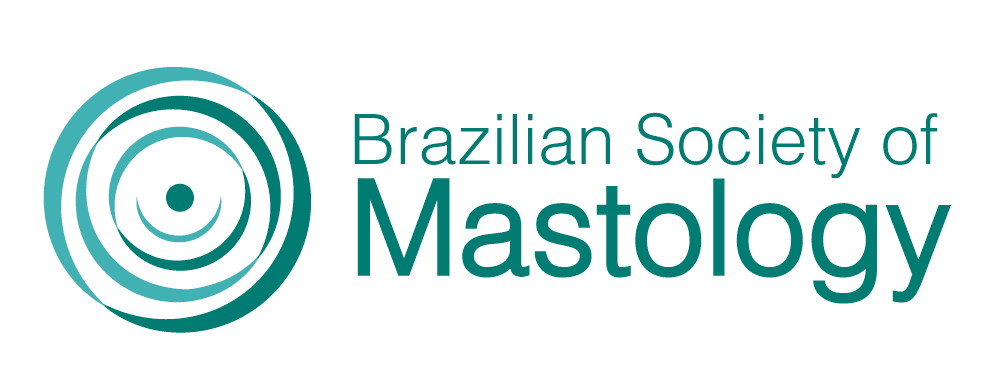MAMMOGRAPHY SCREENING IN A STATE OF MIDWESTERN BRAZIL
AN ECOLOGICAL STUDY
Palavras-chave:
Breast Neoplasms, Early Detection, Mass Screening, Mammography, Health Care DeliveryResumo
Objective: To evaluate breast cancer screening according to demographic data, number, and geographical distribution of mammography units, screening coverage, and technology available. Method: This is an ecological study carried out among diagnostic centers with functioning mammography machines. We included all centers offering mammography in 2019. Correlations between the municipal human development index (HDI) and breast screening coverage were evaluated and the age of available equipment was compared between the public (SUS) and the private healthcare sector. Results were compared with a 2008 study. Results: In Goiás, 164 mammography units were operational, with 66 (40%) serving the SUS. Overall, the proportion of women/unit was 7,008/1 aged 40–69 years and 3,949/1 for women aged 50–69 years. Approximately 400,896 scans were performed — a mean of 200 scans/month (5–1,000) or 9 scans/day. Screening coverage was 83.2%, with 17.1% of these scans being performed within the SUS. The HDI correlated moderately but not significantly with screening coverage. There was no statistically significant difference in the mean age of the equipment between the SUS (14.29±7.79 years) and the private sector (15.17±7.67 years). When compared with the 2008 results, there was a decrease in the percentage of conventional units from 75.7% to 6%, an increase in computed radiography systems from 24.3% to 86.7%, and the introduction of digital radiography (7.3%). Conclusions: In 2019, breast-screening coverage in Goiás reached 83.2%, with 17.1% being conducted within the SUS. The geographical distribution of mammography units is heterogeneous and productivity is low. Compared with 2008, availability is increased and the standard of the equipment is improved.
Downloads
Downloads
Publicado
Como Citar
Edição
Seção
Licença
Copyright (c) 2021 Leonardo Ribeiro Soares, Rosangela da Silveira Corrêa, Rosemar Macedo Sousa Rahal, Danielle Cristina Netto Rodrigues, Suzana Alves Bastos, Rodrigo Massakatsu Nishiharu Tanaka, Lucy Aparecida Parreira Marins, Ruffo Freitas-Junior

Este trabalho está licenciado sob uma licença Creative Commons Attribution 4.0 International License.







